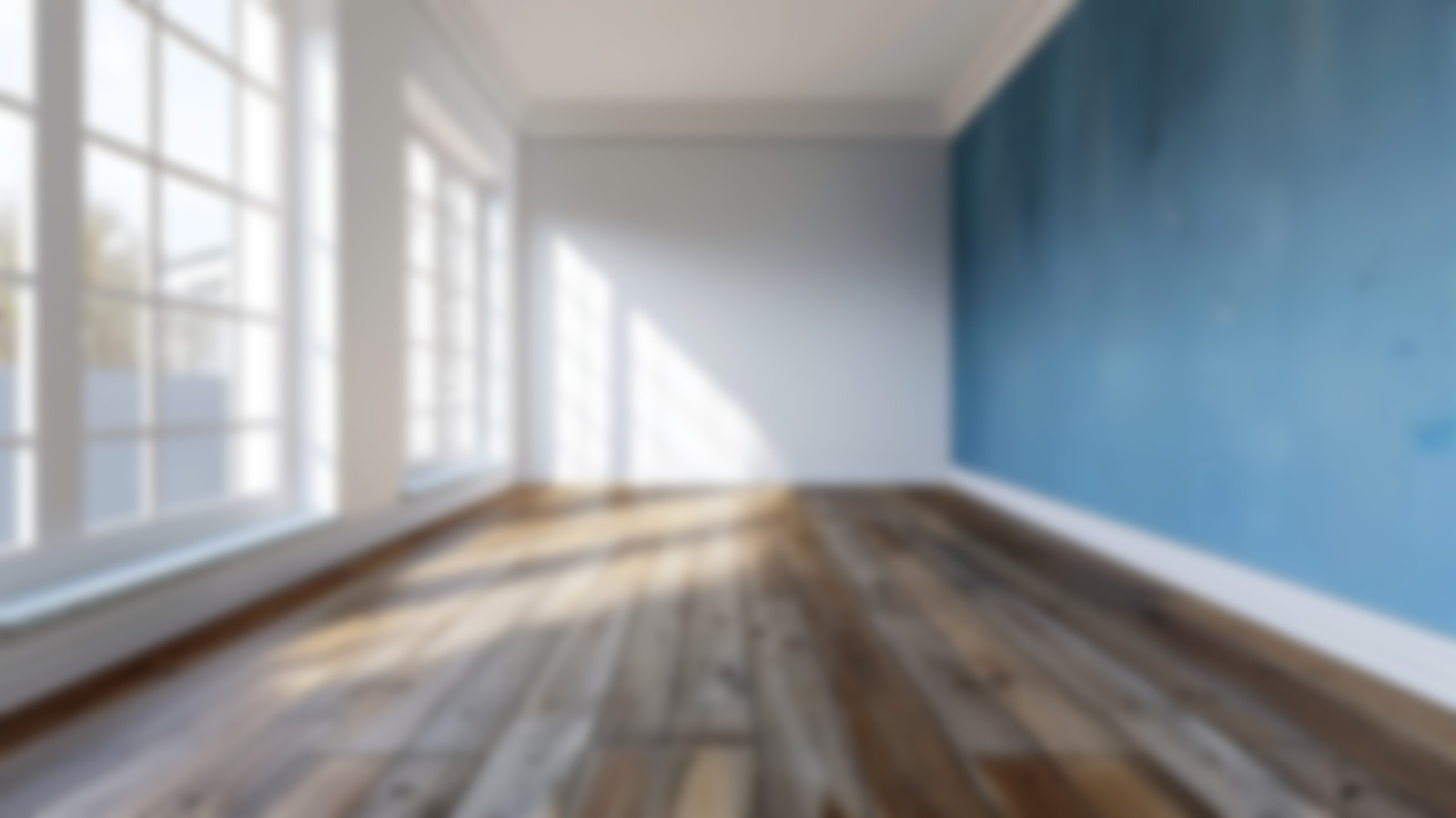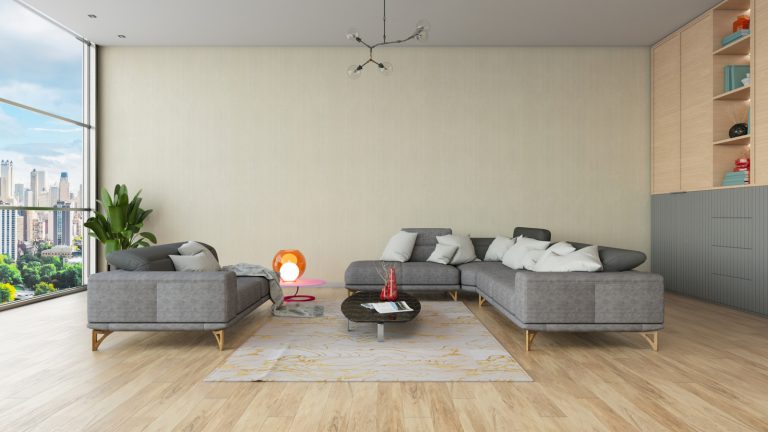
Coordinating your home decor is a serious endeavor. Every wall, floor, piece of furniture, and room contributes to the overall visual appeal. Nothing enlivens your home like an accent wall. Accent walls are akin to an exclamation point in your decor — they draw attention, add personality, and make a room feel complete. An accent wall can add contrast without overwhelming your space. Whether it’s a bold color, textured finish, or unique material, there are numerous accent wall ideas that let you infuse a personal touch into your space without breaking the bank. If your style leans toward the unexpected, consider using laminate flooring for your accent wall.
You may wonder why laminate flooring is suggested for your wall. Why not? Laminate flooring is incredibly versatile, available in a plethora of styles, from rich wood grains to sleek stone finishes, allowing you to find something that perfectly matches your vibe. It’s durable and easy to maintain, making it a practical choice for high-traffic areas or moisture-prone rooms like kitchens or bathrooms. These planks are easy to install as they click together and are lightweight, ideal for a DIY project. Plus, laminate is quite affordable. If you’re seeking a high-impact, low-cost way to upgrade your space, laminate is the unconventional way to go.
Preparing to add a laminate accent wall to your space
Begin by choosing the right accent wall, one that naturally draws the eye, such as the wall behind your bed, sofa, or TV. For materials, you’ll need laminate planks, brad nails, drywall screws, 100% silicon adhesive caulk, a circular or hack saw, measuring tape, spirit level, painter’s tape, spacers, and a stud finder.
Start with wall preparation by checking your wall with a spirit level to ensure it is vertical and flat, as sloping surfaces won’t work. Check for moisture damage since laminate doesn’t fare well with moisture. Remove all baseboards, switch covers, and trims before starting, keeping them in a safe spot for reinstallation later. If working around power outlets, turn off the power supply before beginning. Remove any wallpapers and panels as you need a primed and painted bare wall. Use a stud finder to locate wall studs and mark vertical lines over them, extending those lines to the ceiling with painter’s tape.
Determine how many square feet of flooring are needed by multiplying the length of your wall by its height (Pro tip: Add an extra 10% to accommodate wrong cuts). The maximum recommended wall area is 40 by 10 feet. After purchasing, place the unopened laminate in the room with the accent wall for two days to acclimate to humidity and moisture levels.
Installing your laminate accent wall
Begin installation from the bottom up, from left to right. Connect the planks for the first (bottom) row and measure the length needed to fit the wall, then cut to size. Leave a 3/16″ gap between the end of each plank and the wall beside it for expansion, and a half-inch gap between the bottom row and the floor for the same reason. Use spacers to maintain these gaps throughout installation. Apply silicon caulk on the back of each plank in an S pattern and press against the wall with the tongue side facing the floor. Drive a brad nail through the groove at each marked wall stud for stability, followed by drywall screws into the wall studs at the bottom of the row. Ensure each nail is driven in completely, but avoid forcing it through the plank. Use a level for cross-checking and make adjustments as needed.
For the second row, cut the first board by at least eight inches to give the wall a staggered look. Apply the caulk and connect to the bottom row by angling the tongue and groove edges together. Use a tapping block to prevent gaps in each row. Drive the brad nail into the wall studs like with the first row, but skip the drywall screws. Repeat this process for each row until the entire accent wall area is covered. Reinstall your baseboard and trimmings, and your wall is complete.






